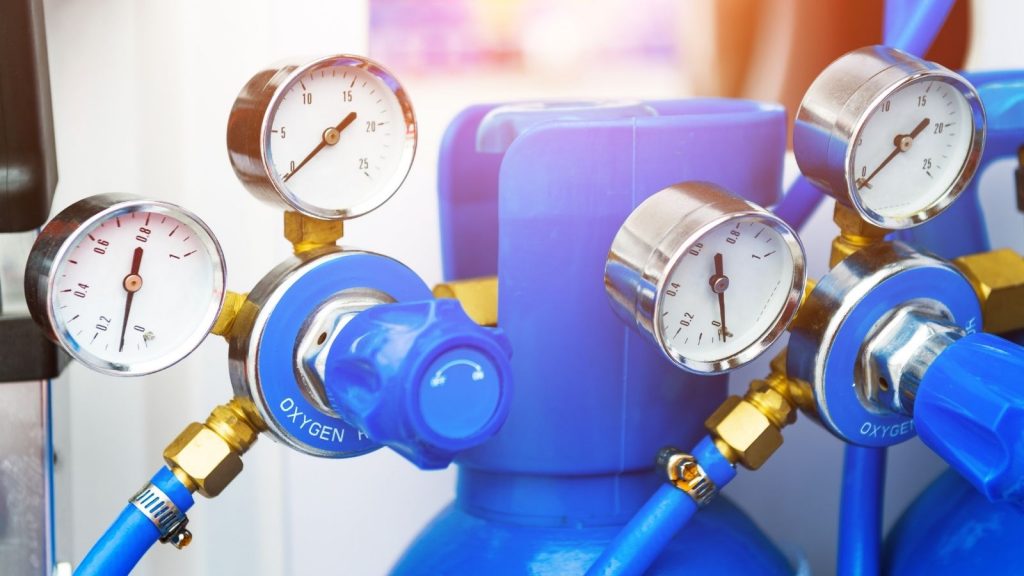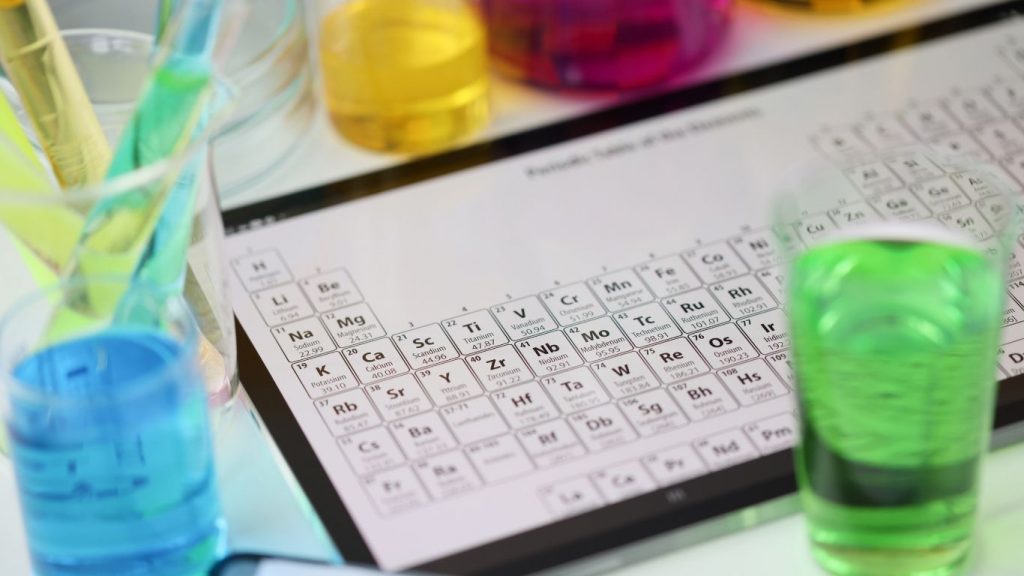Compressed gases in pharmaceutical manufacturing: best practices in microbial monitoring

Compressed air and other proces gases are used in a lot of different steps during pharmaceutical manufacturing. Some examples are the use of compressed air in direct contact with products to clean, aerate, or move them through the processes or the using process gases in fluid pumps that take products through the production and filling processes. Compressed gases, such as nitrogen or argon, can also be used for blanketing or to spray or coat a product. The risks associated with the use of these gases, depend on the amount and type of product contact and based on this risk assessment, a suitable monitoring plan should be in place.
Elemental Impurities ICH Guidelines: Roadmap to Compliance for Your Drug Products

ICH Q3D has been adopted worldwide since 2018 and applies now for all existing and new drug products. Existing wet chemical and colorimetric heavy metal quantification tests, such as Ph. Eur. Heavy metals chapter 2.4.8 and USP<231>, have been replaced with methods that use modern instruments to quantify specific elements in drug products and ingredients. While the existing wet chemistry methods have been in effect for nearly 100 years, they are non-specific and frequently fail to detect or underestimate the presence of some toxic elements that are potentially present in pharmaceutical ingredients.
